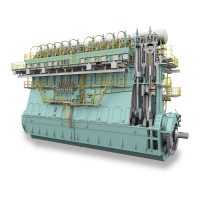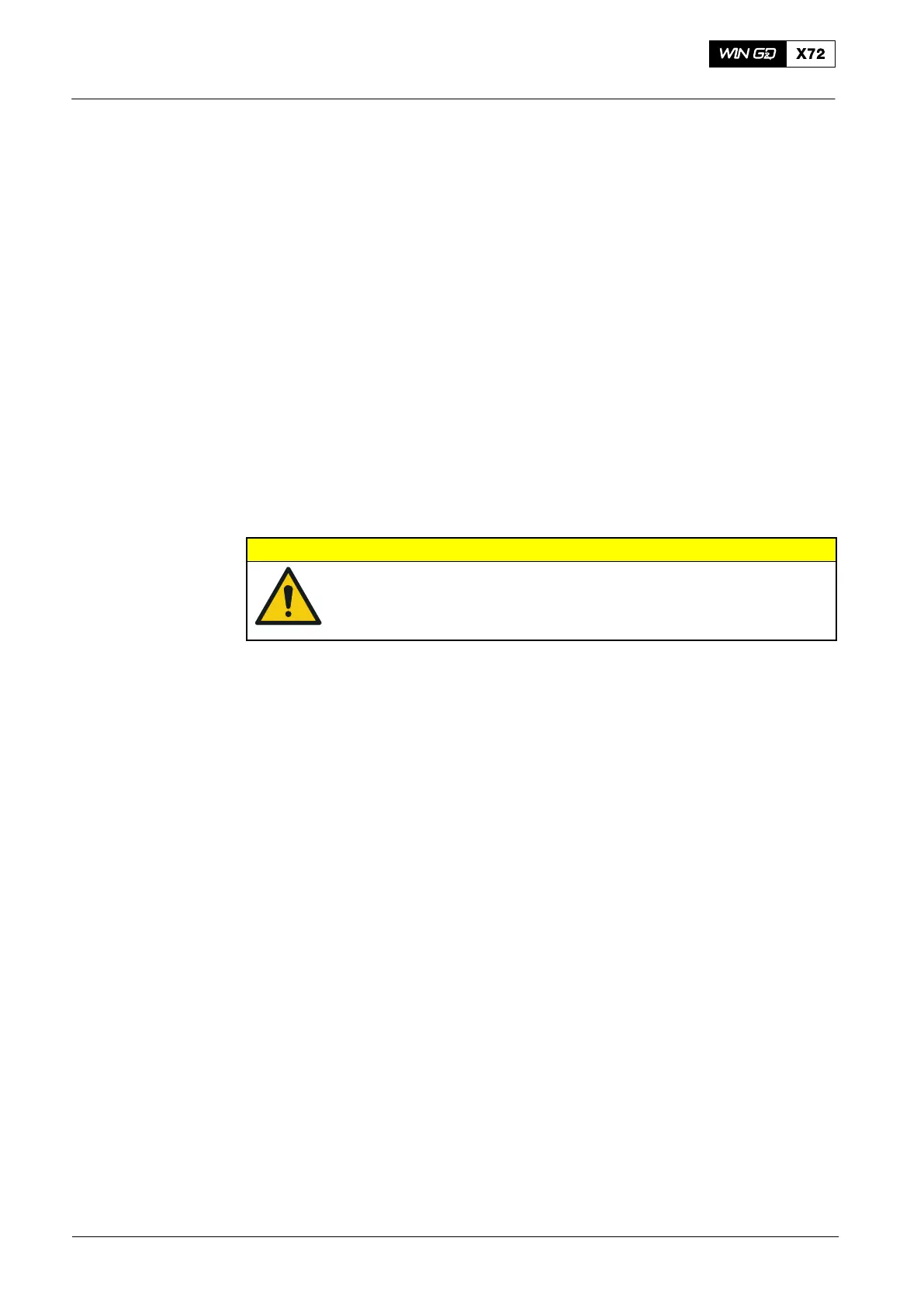Operation0710−1/A1
Winterthur Gas & Diesel Ltd.
4/ 12
The notes that follow are related to the data in Table 1:
D 1mm
2
/s=1cSt (Centistoke)
D
1)
You can get ISO standards from the ISO Central Secretariat, Geneva,
Switzerland (www.iso.ch).
D
2)
For W−X engines the fuel viscosity at the fuel pump inlet can be in the range of
between 13 mm
2
/s (cSt) and 20 mm
2
/s (cSt). When the engine operates on HFO,
Winterthur Gas & Diesel Ltd. recommends a fuel viscosity at the fuel pump inlet
in the range of between 13 mm
2
/s (cSt) and 17 mm
2
/s (cSt).
D
3)
The maximum limit is 991kg/m3 if the fuel treatment plant cannot remove water
from high-density fuel.
D
4)
ISO 8217:2010, RMK700. Note that lower sulphur limits can apply and are
related to statutory specifications and sulphur limits not given in ISO 8217:2010.
D
5)
The hydrogen sulphide limit is applicable from 1 July 2012.
D
6)
Purchasers must make sure that the pour point is sufficient for the equipment
on board, specially for operation in cold climates.
Note: For data about the parameters given in the table above, see paragraph 3.1
to paragraph 3.12.
CAUTION
Damage Hazard: For Wärtsilä 2-stroke engines, the maximum
permitted fuel temperature at the engine inlet is 150_C. Always
make sure that you obey this limit. Damage to the engine can
occur.
Note: For more data, refer to 0250−1 Operation Data Sheet.
2016-11
Diesel Engine Fuels

